Indigenous Governance Database
IGD Database Search
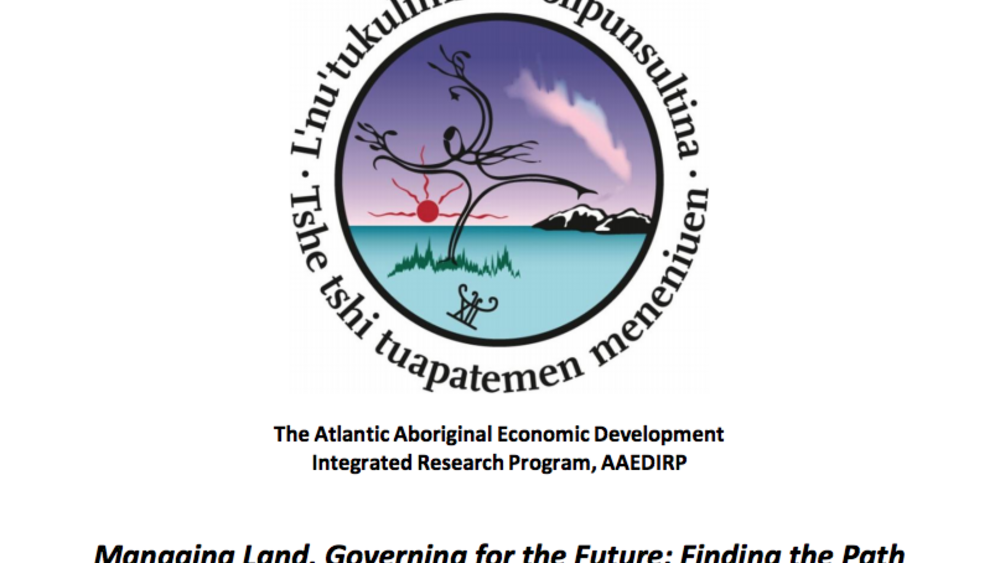
Managing Land, Governing for the Future: Finding the Path Forward for Membertou
This in-depth, interview-based study was commissioned by Membertou Chief and Council and the Membertou Governance Committee, and funded by the Atlantic Aboriginal Economic Development Integrated Research Program to investigate methods by which Membertou First Nation can further increase its…
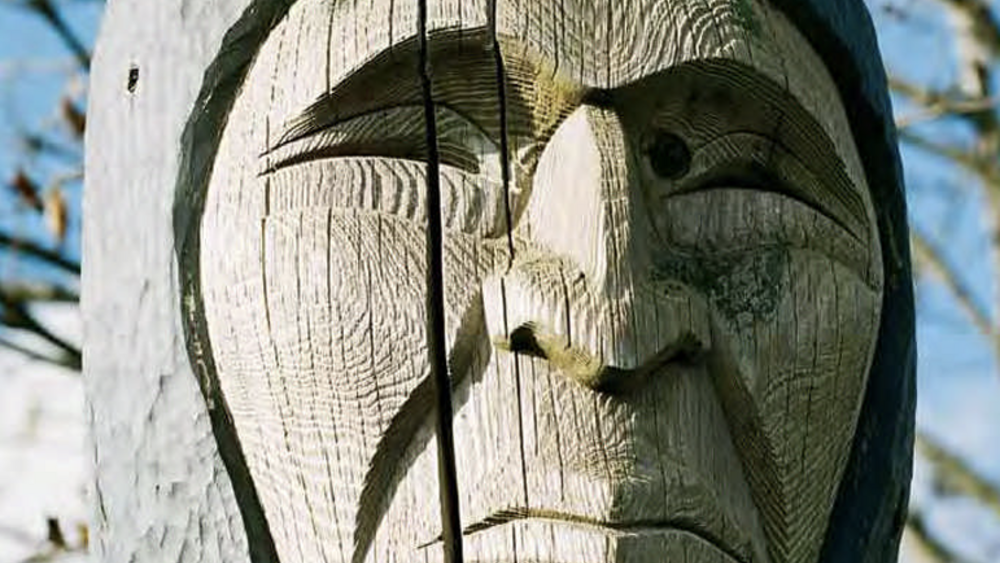
A Guide to Community Engagement
In this third part of the BCAFN Governance Toolkit: A Guide to Nation Building, we explore the complex and often controversial subject of governance reform in our communities and ways to approach community engagement. The Governance Toolkit is intended as a resource for First Nations leadership. It…
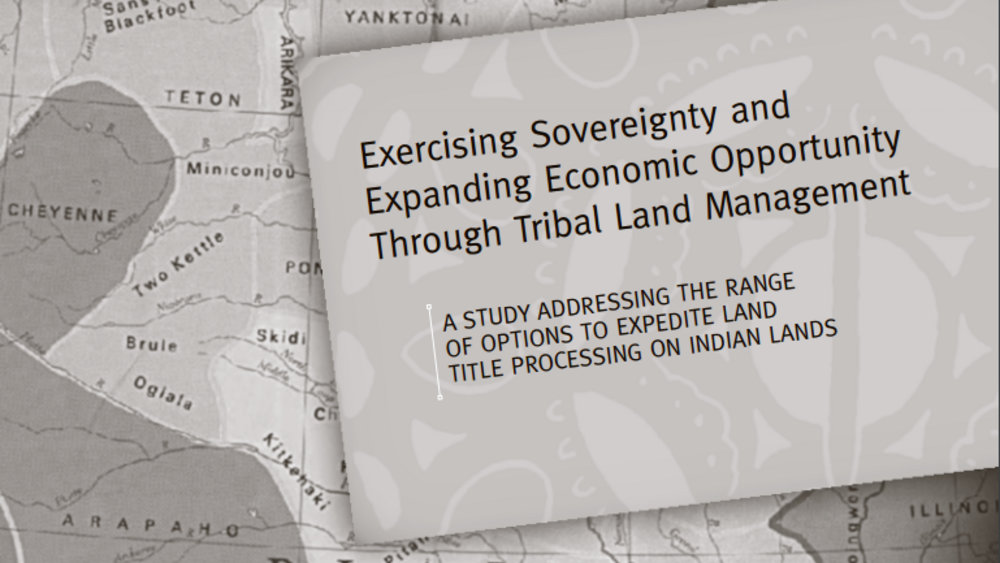
Exercising Sovereignty and Expanding Economic Opportunity Through Tribal Land Management
While the United States faces one of the most significant housing crises in the nation’s history, many forget that Indian housing has been in crisis for generations. This report seeks to take some important steps toward a future where safe, affordable, and decent housing is available to Native…
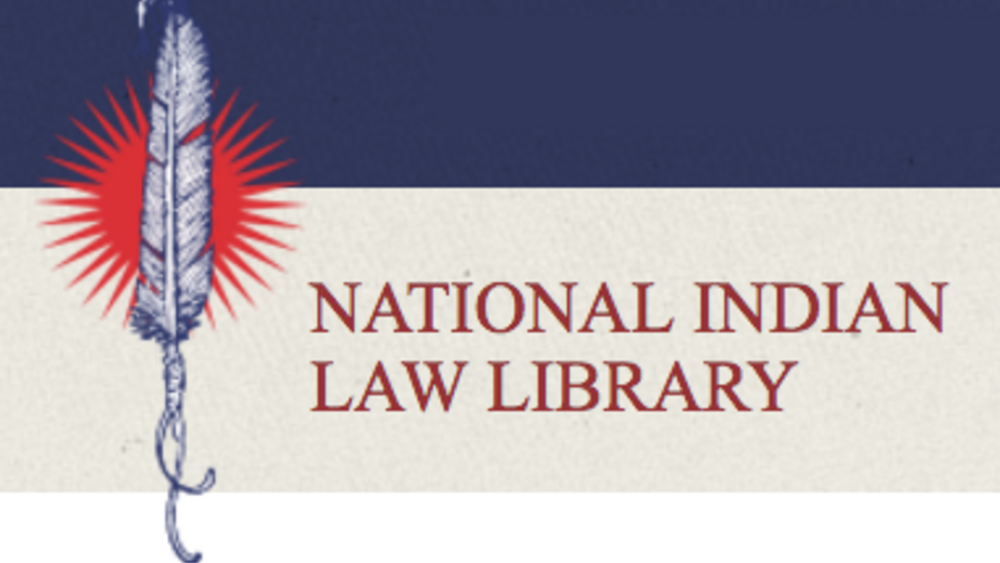
Peacemaking and Conflict Resolution: A List of Resources
The Native American Rights Fund's National Indian Law Library provides a comprehensive list of relevant news stories and academic articles on the peacemaking mechanisms and conflict resolution approaches of Native nations.
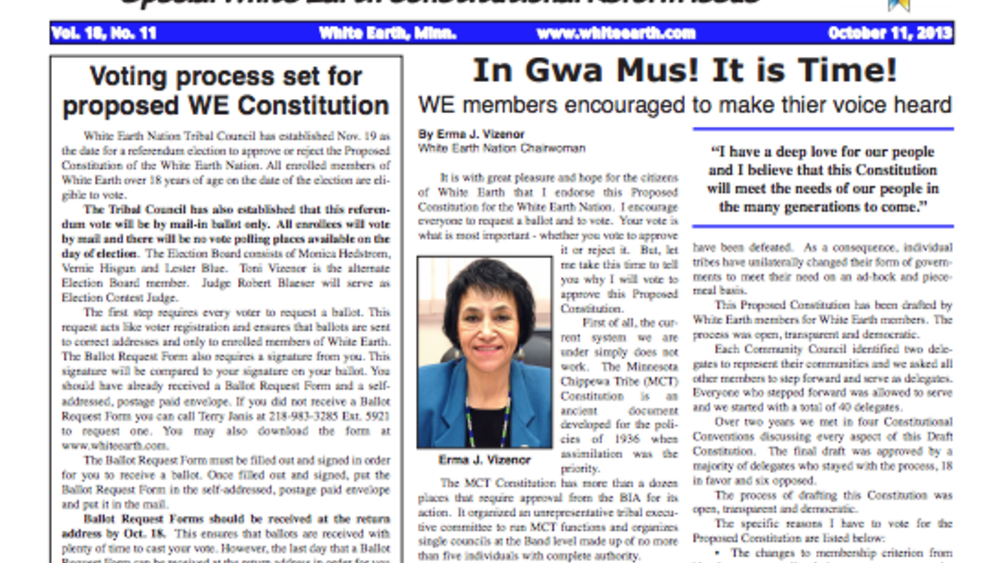
Special White Earth Constitutional Reform Issue
As the White Earth Nation prepares for a referendum election to approve or reject the proposed constitution, the Reform Committee has implemented a series of citizen engagement activities that includes a special issue of the tribal newspaper to inform citizens of the election date, proposed changes…
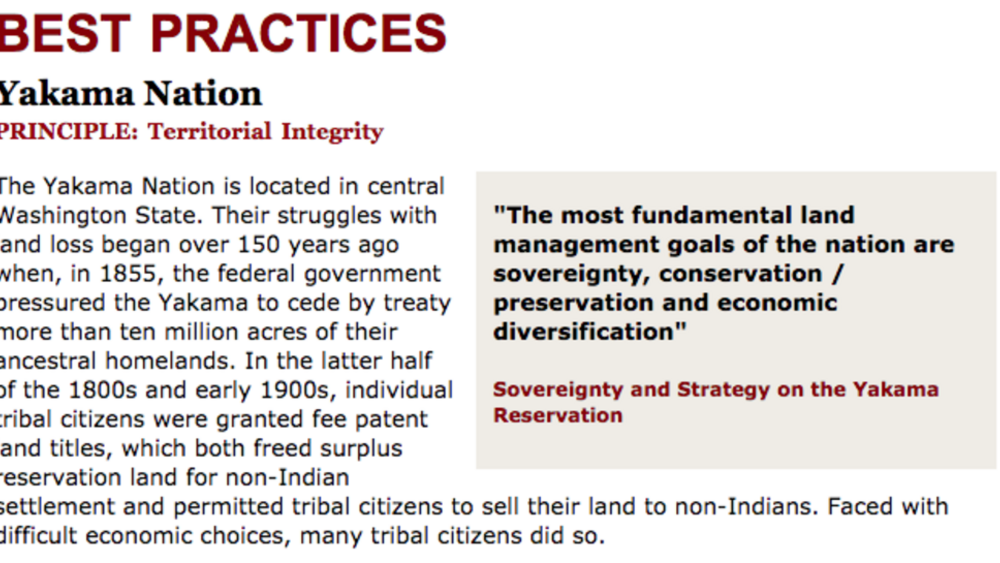
Best Practices Case Study (Territorial Integrity): Yakama Nation
The Yakama Nation is located in central Washington State. Their struggles with land loss began over 150 years ago when, in 1855, the federal government pressured the Yakama to cede by treaty more than ten million acres of their ancestral homelands. In the latter half of the 1800s and early 1900s,…
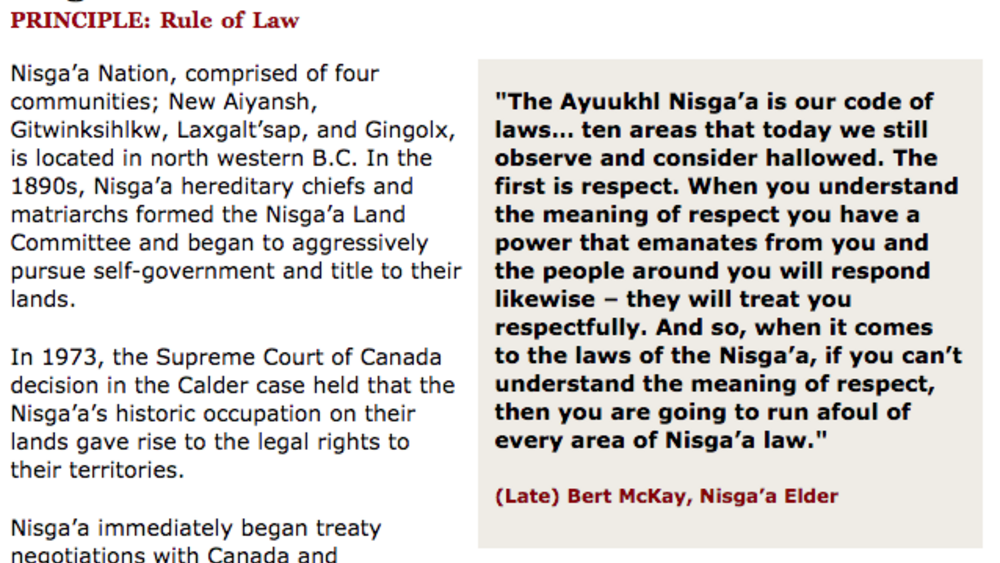
Best Practices Case Study (Rule of Law): Nisga'a Nation
Nisga'a Nation, comprised of four communities; New Aiyansh, Gitwinksihlkw, Laxgalt'sap, and Gingolx, is located in northwestern B.C. In the 1890s, Nisga'a hereditary chiefs and matriarchs formed the Nisga'a Land Committee and began to aggressively pursue self-government and title to their lands.…
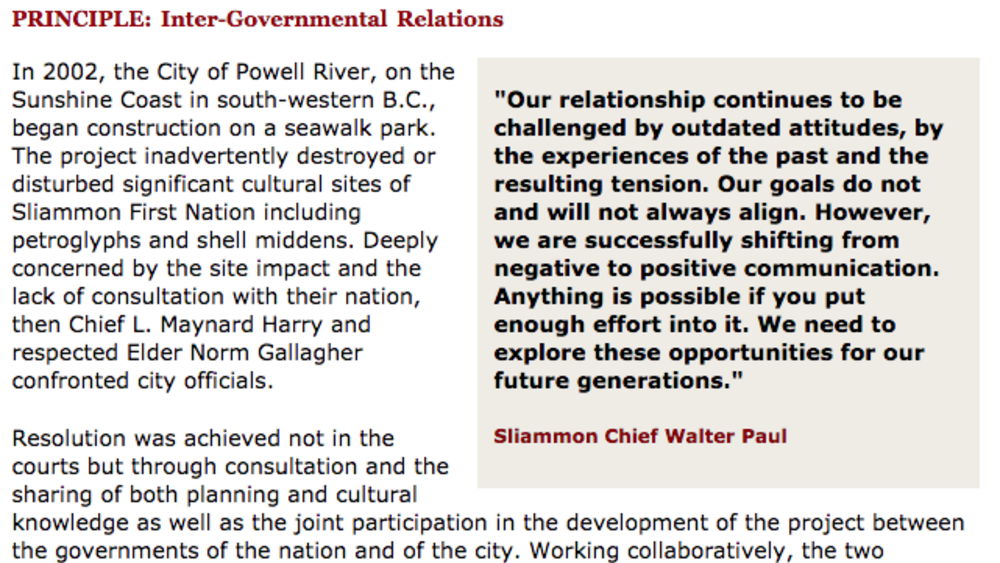
Best Practices Case Study (Inter-Governmental Relations): Sliammon First Nation
In 2002, the City of Powell River, on the Sunshine Coast in south-western B.C., began construction on a seawalk park. The project inadvertently destroyed or disturbed significant cultural sites of Sliammon First Nation including petroglyphs and shell middens. Deeply concerned by the site impact and…
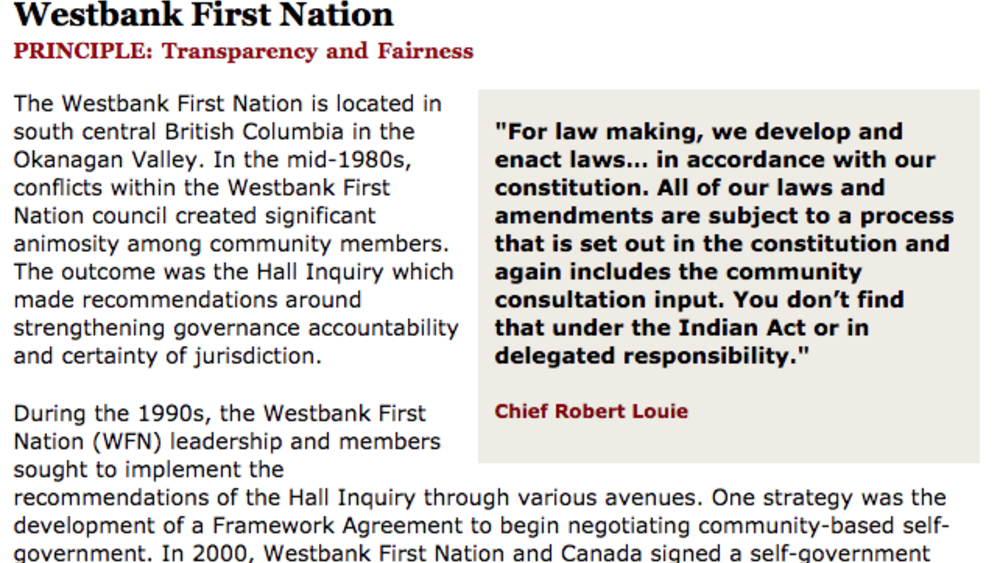
Best Practices Case Study (Transparency and Fairness): Westbank First Nation
The Westbank First Nation is located in south-central British Columbia in the Okanagan Valley. In the mid-1980s, conflicts within the Westbank First Nation council created significant animosity among community members. The outcome was the Hall Inquiry which made recommendations around strengthening…
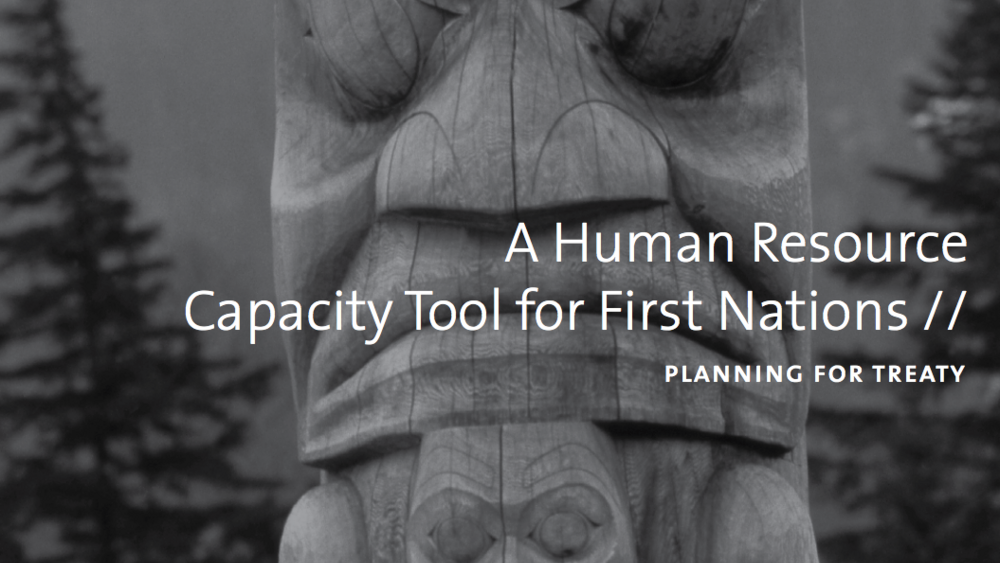
A Human Resource Capacity Tool for First Nations
This tool was developed by the British Columbia Treaty Commission (BCTC) to assist BC First Nations who are working through the treaty process with their Human Resource (HR) planning. It responds to a growing need for a practical, efficient tool for First Nations with diverse sets of priorities,…
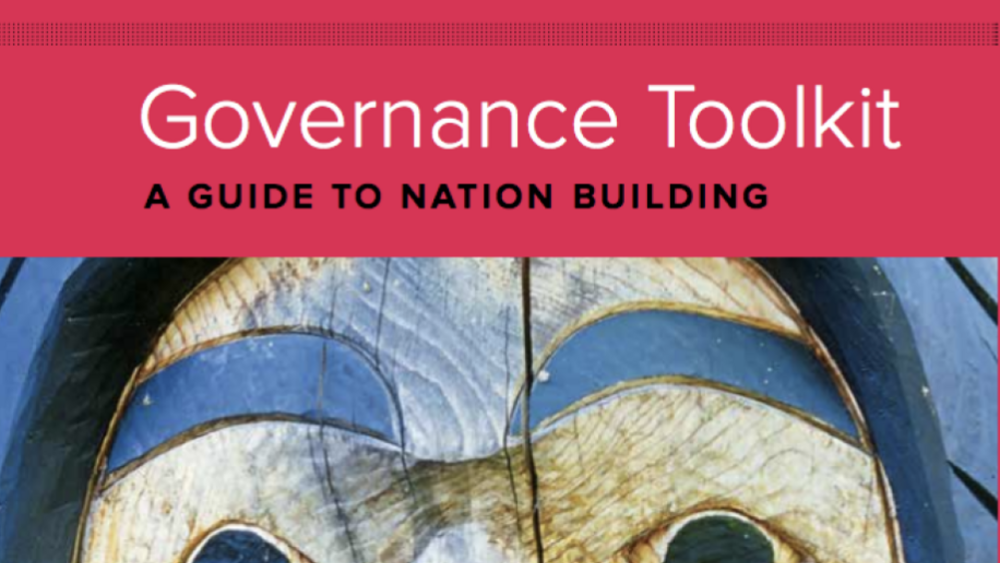
British Columbia Assembly of First Nations Governance Toolkit: A Guide to Nation Building
The BCAFN is pleased to present the first edition of the BCAFN Governance Toolkit: A Guide to Nation Building in accordance with our Building on OUR Success action plan and the first pillar of that plan, "Strong and Appropriate Governance." The Toolkit is a comprehensive guide intended to assist…
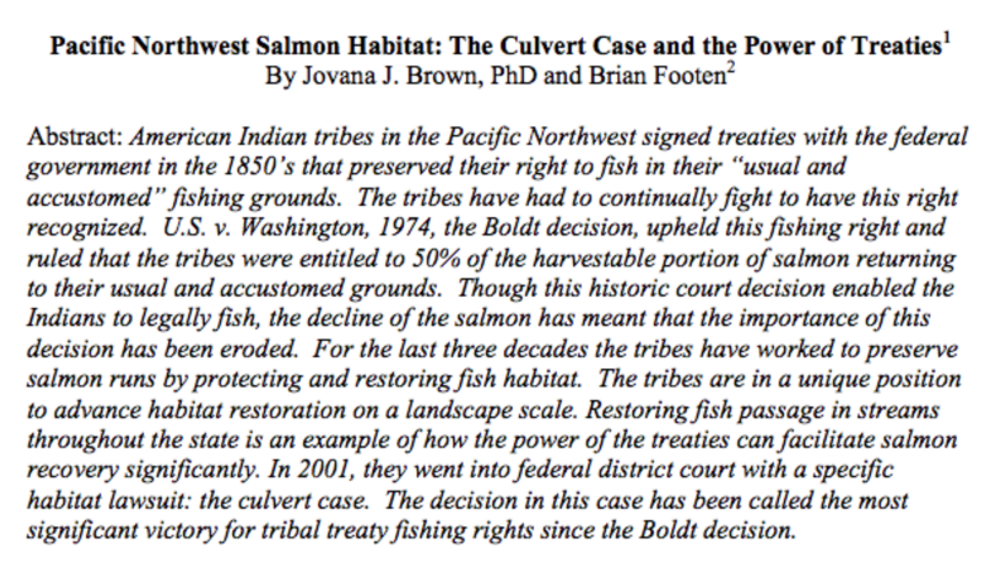
Pacific Northwest Salmon Habitat: The Culvert Cases and the Power of Treaties
American Indian tribes in the Pacific Northwest signed treaties with the federal government in the 1850's that preserved their right to fish in their "usual and accustomed" fishing grounds. The tribes have had to continually fight to have this right recognized. U.S. v. Washington, 1974, the Boldt…
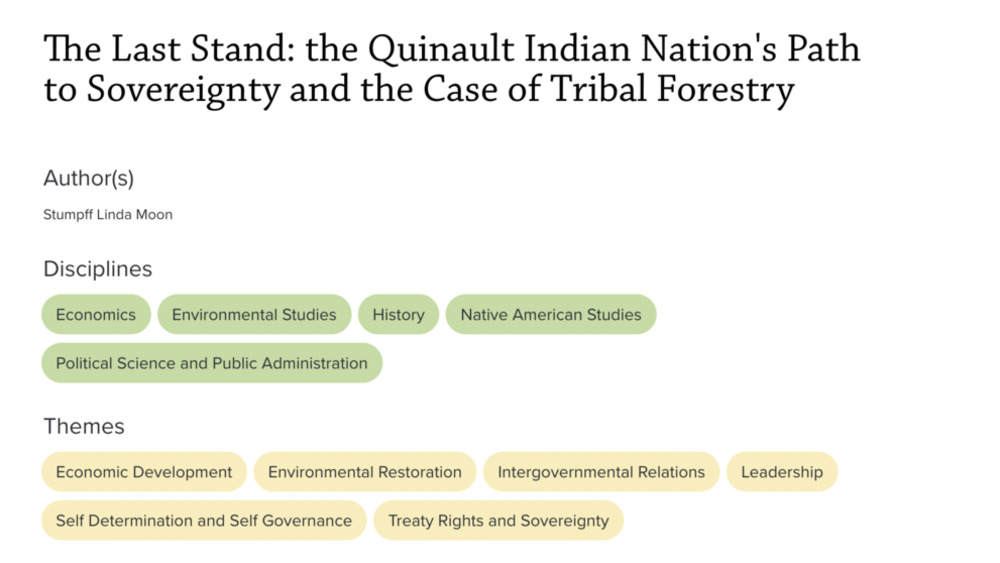
The Last Stand: the Quinault Indian Nation's Path to Sovereignty and the Case of Tribal Forestry
This case tells a story of forestry management policies on the Quinault Reservation. In the early years, the Office of Indian Affairs (OIA) and later the Bureau of Indian Affairs (BIA) acted like a landlord, allocating large timber sales to non-Indian timber companies. The Dawes Act fragmented the…

CCP HANDBOOK Comprehensive Community Planning for First Nations in British Columbia
The First Nations of British Columbia have rich and varied cultures, histories and traditions. They are becoming increasingly involved in comprehensive community planning as a way of embracing change and planning a better future for their communities. Comprehensive community planning is a holistic…
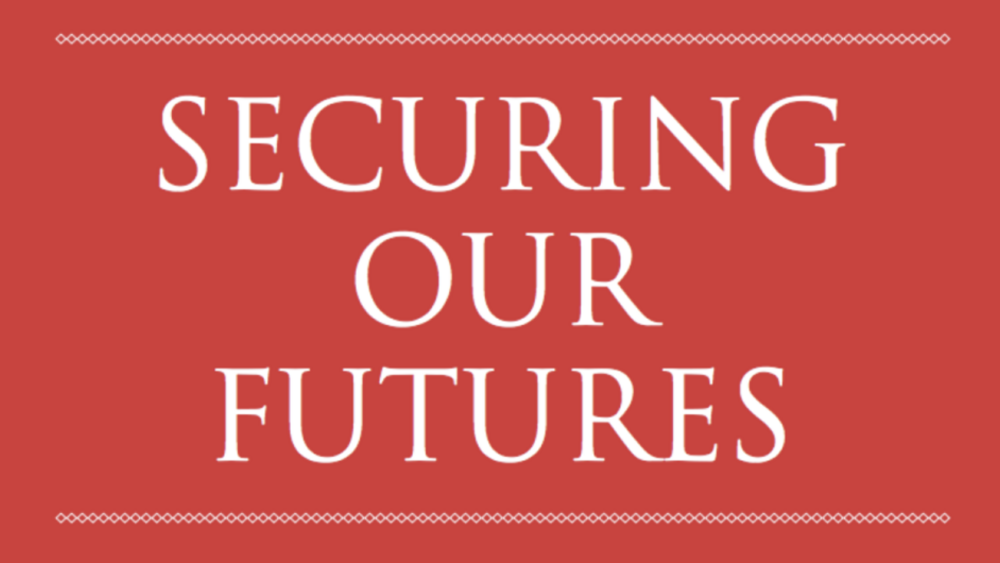
Securing Our Futures
NCAI is releasing a Securing Our Futures report in conjunction with the 2013 State of Indian Nations. This report shows areas where tribes are exercising their sovereignty right now, diversifying their revenue base, and bringing economic success to their nations and surrounding communities. The…
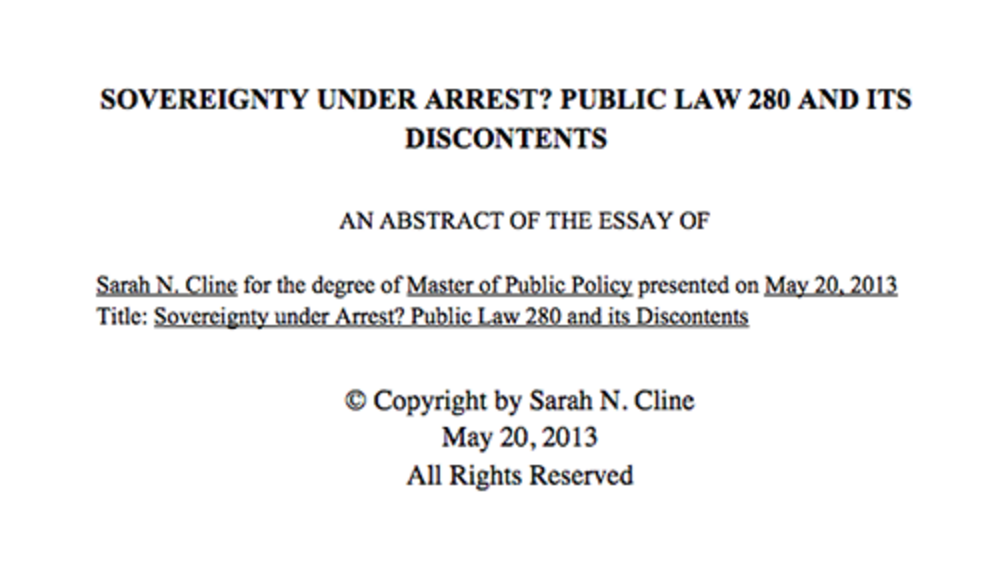
Sovereignty Under Arrest? Public Law 280 and Its Discontents
Law enforcement in Indian Country has been characterized as a maze of injustice, one in which offenders too easily escape and victims are too easily lost (Amnesty International, 2007). Tribal, state, and federal governments have recently sought to amend this through the passage of the Tribal Law…
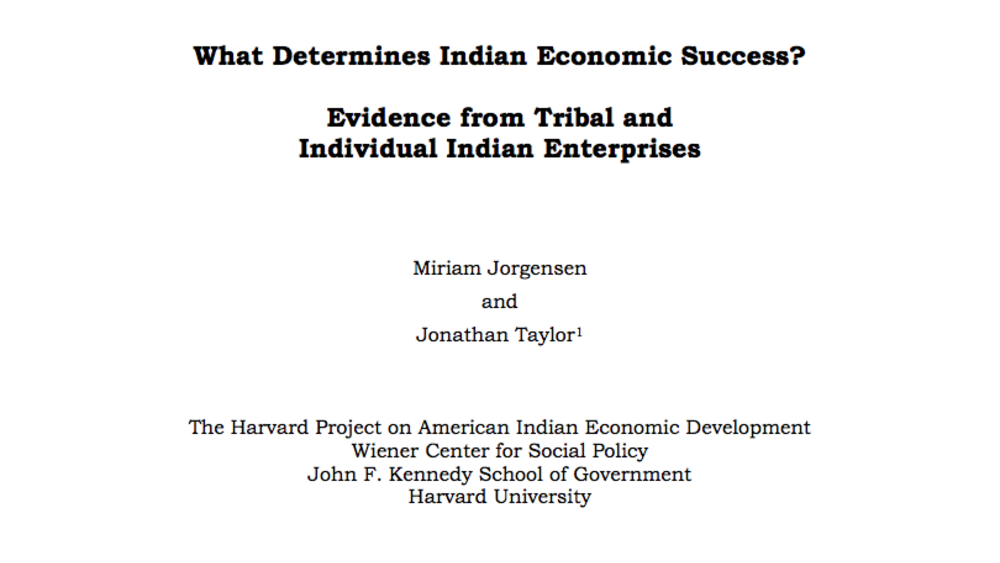
What Determines Indian Economic Success? Evidence from Tribal and Individual Indian Enterprises
Prior analysis of American Indian nations' unemployment, poverty, and growth rates indicates that poverty in Indian Country is a problem of institutions particularly political institutions, not a problem of economics per se. Using unique data on Indian-owned enterprises, this paper sheds light on…
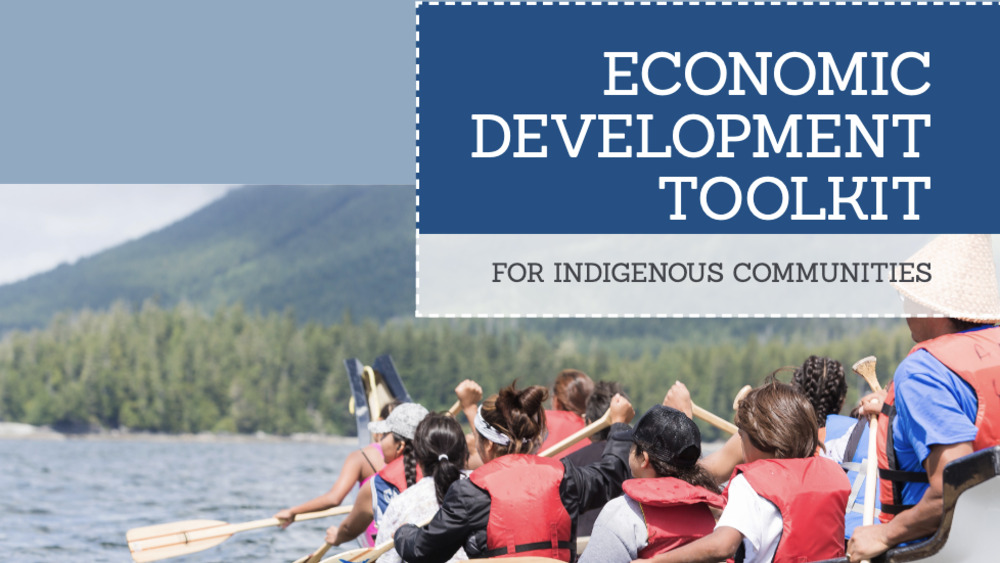
Economic Development Toolkit for Indigenous Communities: Tips, Tools & Techniques
Economic development offers First Nations an avenue to meet the needs of community members, ensuring they have access to adequate food and shelter, healthcare, education, and social programming. Beyond these basic needs, economic development also provides a mechanism to create wealth for future…
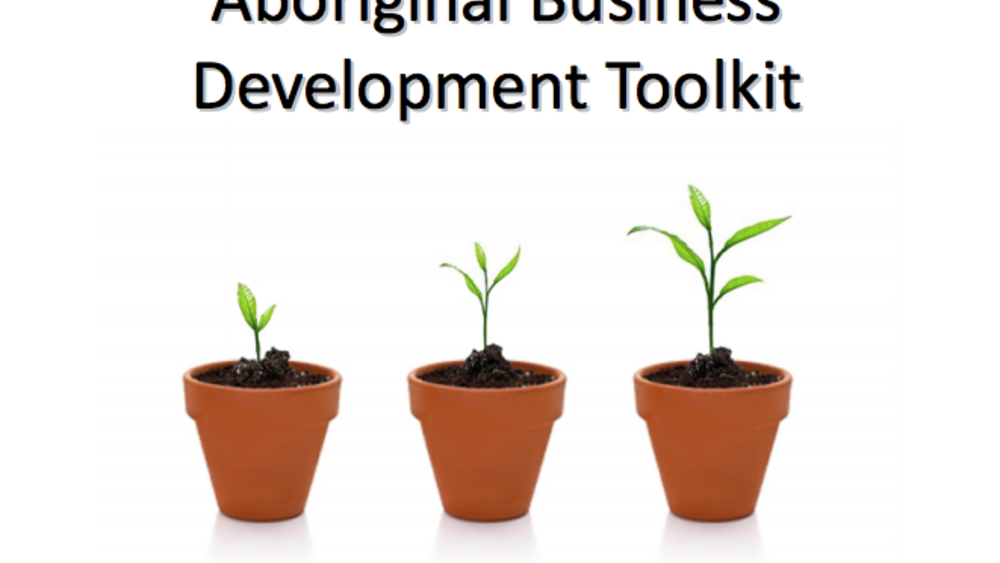
Aboriginal Business Development Toolkit
If you're an Aboriginal person thinking about starting or expanding a business, this toolkit has been developed with you in mind. While many helpful guides exist, this document includes considerations that may be of particular interest to you, your family and your community. Whether you live on-…

Best Practices Case Study (Meaningful Information Sharing): Squiala First Nation
Squiala First Nation is located within the boundaries of the City of Chilliwack, B.C. in the central Fraser Valley east of Vancouver. The connection of Evans Road to Ashwell through Squiala lands has been an issue of ongoing discussions between the City of Chilliwack and Squiala First Nation. In…
Pagination
- First page
- …
- 74
- 75
- 76
- …
- Last page
